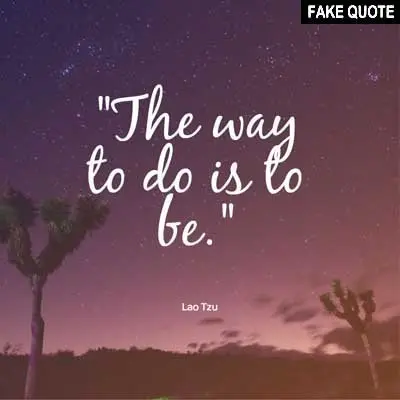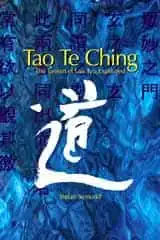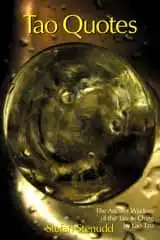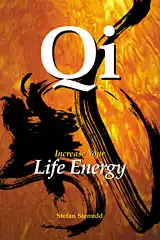|
Tao Te Ching
THE TAOISM OF LAO TZU
|
Fake Lao Tzu Quote"The way to do..."
This is NOT a quote from Tao Te Ching:"The way to do is to be."
What way this quote ascribed to Lao Tzu comments is hardly the Way of which he spoke. It is rather nonsensical, like a joking wordplay. That is also what it has become, in a famous threesome that appeared at first as graffiti on a warehouse wall in Richardson, Texas. A Dallas newspaper reported in January 1968:
It is hard to make serious sense of the quote. Lao Tzu preached non-action, wu-wei, so he would recommend just being instead of hurrying to do things. But it would not work as a complete substitute. There are still things needed to be done in our daily lives. Nor is 'being' to Lao Tzu a state of its own, a sufficient form of human existence. That's more Zen, at least symbolically. He would rather have it something like: We are what we do, so we have to be careful about what we do. Not that he said those words, either. Still, this quote is from a Tao Te Ching version, by Witter Bynner in 1944. It's the last line of chapter 47 (page 55 in the 1962 edition). Bynner was so fond of it that he also wrote it on a page of its own in the beginning of the book, as if this quote were the essence of Lao Tzu's teaching. But it is a questionable translation of that line in Tao Te Ching. It is the third of characteristics of the sage (my version):
Bynner's big portion of poetic license, so to speak, is increased by his use of rhymes. That certainly does not make translating Tao Te Ching easier, if trying to stay close to the original content. But it's not an unreasonable aspiration. The major part of Lao Tzu's text is written in rhymes. Bernhard Karlgren (1889-1978) in an essay on the subject from 1932 found that about three quarters of Tao Te Ching are in verse (page 4). But that is so much easier in Chinese, since there are many words sounding the same. Furthermore, the Chinese tradition allows for rhyming with the same word. Most other languages lack these benefits, which is why few translators have made the same choice. When they have done so, it has been only with sections rhymed in the Chinese text. So did James Legge, but not with this chapter. Not only with the rhyming, Bynner allowed himself significant deviations from the original, especially regarding the last three lines:
Stefan Stenudd September 21, 2020.
More Fake Lao Tzu QuotesThere are many more fake Lao Tzu quotes examined on this website. Click the header to see a list of them.
Fake interview with the authorClick the header to read a "fake" interview with Stefan Stenudd, the author of Fake Lao Tzu Quotes.
About CookiesMy Other Websites:I Ching OnlineThe 64 hexagrams of the Chinese classic I Ching and what they mean in divination. Try it online for free.
Qi Energy ExercisesThe ancient Chinese life energy qi (chi) explained, with simple instructions on how to exercise it.
Life EnergyThe many ancient and modern life force beliefs all over the world explained and compared.
Taoismen på svenska
Other Books by Stefan StenuddClick the image to see the book at Amazon (paid link).
The Greek philosophers and what they thought about cosmology, myth, and the gods. |
 Tao Te Ching
Tao Te Ching Now it's a book, too!
Now it's a book, too! Tao Quotes
Tao Quotes Cosmos of the Ancients
Cosmos of the Ancients Qi — Increase Your Life Energy
Qi — Increase Your Life Energy Aikido Principles
Aikido Principles Life Energy Encyclopedia
Life Energy Encyclopedia Archetypes of Mythology
Archetypes of Mythology Stefan Stenudd
Stefan Stenudd